目录
- 引言
- 代码原理
- New函数
- newCacheShard函数
- expireCleanup
- set 函数理解
- LRU的基本规则
引言
学了不吃亏,学了不上当,进厂打钉必备基本功,看完绝对有很爽的感觉。核心代码也就300多行,代码虽少但是功能一点不打折
通过本项目学到什么?
golang基础语法
缓存数据结构
锁的使用(并发安全 & 分片减小锁粒度)
LRU(缓存淘汰算法)
key过期删除策略(定时删除)
测试用例的编写
代码原理
New函数
负责创建 *EasyCache对象,对象的底层包含 conf.Shards个分片,目的在于减少锁冲突
func New(conf Config) (*EasyCache, error) {
if !utils.IsPowerOfTwo(conf.Shards) {
returnnil, errors.New("shards number must be power of two")
}
if conf.Cap <= 0 {
conf.Cap = defaultCap
}
// init cache object
cache := &EasyCache{
shards: make([]*cacheShard, conf.Shards),
conf: conf,
hash: conf.Hasher,
shardMIerhyAqAvUask: uint64(conf.Shards - 1), // mask
close: make(chanstruct{}),
}
var onRemove OnRemoveCallback
if conf.OnRemoveWithReason != nil {
onRemove = conf.OnRemoveWithReason
} else {
onRemove = cache.notProvidedOnRemove
}
// init shard
for i := 0; i < conf.Shards; i++ {
cache.shards[i] = newCacheShard(conf, i, onRemove, cache.close)
}
return cache, nil
}
newCacheShard函数
用来初始化实际存放 k/v的数据结构*cacheShard(也就是单个分片)。分片底层的存储采用两个map和一个list:
items负责保存所有的k/v(过期or不过期都有存)expireItems负责保存有过期时间的k/v,目的在于减少扫描key`的数据量list用作LRU记录最近最少使用key的顺序。LRU代码实现看这篇文章 Leetcode LRU题解,有助于理解本项目中的LRU的细节。
func newCacheShard(conf Config, id int, onRemove OnRemoveCallback, close chan struct{}) *cacheShard {
shard := &cacheShard{
items: make(map[string]*list.Element),
expireItems: make(map[string]*list.Element),
cap: conf.Cap,
list: list.New(),
logger: newLogger(conf.Logger),
cleanupInterval: defaultInternal,
cleanupTicker: time.NewTicker(defaultInternal),
addChan: IerhyAqAvU make(chanstring),
isVerbose: conf.Verbose,
id: id,
onRemove: onRemove,
close: close,
}
// goroutine clean expired key
go shard.expireCleanup()
return shardjavascript
}
expireCleanup
负责对本分片中过期的key进行定期删除:代码理解的关键在于不同的key会有不同的过期时间,例如key=a 过期时间3s,key=b 过期时间5s。
定时器定时执行间隔不能太长,例如10s,a/b都已经过期了还不清理,太不及时
定时器定时执行间隔不能太短,例如1s,执行频率又太高了,a/b都未过期,空转
过期间隔肯定是动态变化的,一开始为3s间隔,执行后清理掉a,此时b还剩(5-3)=2s的存活时间,所以间隔再设定为2s。再执行完以后,没有数据了,那间隔就在设定一个大值
smallestInternal = defaultInternal处于休眠状态
这里再思考一种情况,按照上述解释一开始间隔设定3s,等到过期了就可以将a清理掉。那如果用户这时又设定了key=c 过期时间1s,那如果定时器按照3s执行又变成了间隔太长了。所以我们需要发送信号cs.addChan:,重新设定过期间隔
/*
1.当定时器到期,执行过期清理
2.当新增的key有过期时间,通过addChan触发执行
*/
func (cs *cacheShard) expireCleanup() {
for {
select {
case <-cs.cleanupTicker.C:
case <-cs.addChan: // 立即触发
case <-cs.close: // stop goroutine
if cs.isVerbose {
cs.logger.Printf("[shard %d] flush..", cs.id)
}
cs.flush() // free
return
}
cs.cleanupTicker.Stop()
// 记录下一次定时器的最小间隔(目的:key过期了,尽快删除)
smallestInternal := 0 * time.Second
now := time.Now()
cs.lock.Lock()
for key, ele := range cs.expireItems { // 遍历过期key
item := ele.Value.(*cacheItem)
if item.LifeSpan() == 0 { // 没有过期时间
cs.logger.Printf("warning wrong data\n")
continue
}
if now.Sub(item.CreatedOn()) >= item.LifeSpan() { // 过期
// del
delete(cs.items, kepythony)
delete(cs.expireItems, key)
cs.list.Remove(ele)
cs.onRemove(key, item.Value(), Expired)
if cs.isVerbose {
cs.logger.Printf("[shard %d]: expire del key <%s> createdpythonOn:%v, lifeSpan:%d ms \n", cs.id, key, item.CreatedOn(), item.LifeSpan().Milliseconds())
}
} else {
d := item.LifeSpan() - now.Sub(item.CreatedOn())
if smallestInternal == 0 || d < smallestInternal {
smallestInternal = d
}
}
}
if smallestInternal == 0 {
smallestInternal = defaultInternal
}
cs.cleanupInterval = smallestInternal
cs.cleanupTicker.Reset(cs.cleanupInterval)
cs.lock.Unlock()
}
}
set 函数理解
关键在于,用户可以对同一个key重复设定:
cache.Set(key, 0, 5*time.Second) // expire 5s cache.Set(key, 0, 0*time.Second) // expire 0s
第一次设定为5s过期,立刻又修改为0s不过期,所以在代码中需要判断key是否之前已经存在,
如果存在重复&有过期时间,需要从过期
expireItems中剔除如果不存在直接新增即可(前提:容量还有剩余)
LRU的基本规则
最新数据放到list的Front
如果超过最大容量,从list的Back删除元素
func (cs *cacheShard) set(key string, value interface{}, lifeSpan time.Duration) error {
cs.lock.Lock()
defer cs.lock.Unlock()
oldEle, ok := cs.items[key]
if ok { // old item
oldItem := oldEle.Value.(*cacheItem)
oldLifeSpan := oldItem.LifeSpan()
// modify
oldEle.Value = newCacheItem(key, value, lifeSpan)
cs.list.MoveToFront(oldEle)
if oldLifeSpan > 0 && lifeSpan == 0 { // 原来的有过期时间,新的没有过期时间
delete(cs.expireItems, key)
}
if oldLifeSpan == 0 && lifeSpan > 0 { // 原有的无过期时间,当前有过期时间
cs.expireItems[key] = oldEle
if lifeSpan < cs.cleanupInterval {
gofunc() {
cs.addChan <- key
}()
}
}
} else { // new item
iflen(cs.items) >= int(cs.cap) { // lru: No space
delVal := cs.list.Remove(cs.list.Back())
item := delVal.(*cacheItem)
delete(cs.items, item.Key())
if item.LifeSpan() > 0 {
delete(cs.expireItems, item.Key())
}
cs.onRemove(key, item.Value(), NoSpace)
if cs.isVerbose {
cs.logger.Printf("[shard %d] no space del key <%s>\n", cs.id, item.Key())
}
}
// add
ele := cs.list.PushFront(newCacheItem(key, value, lifeSpan))
cs.items[key] = ele
if lifeSpan > 0 {
cs.expireItems[key] = ele
if lifeSpan < cs.cleanupInterval {
gofunc() {
cs.addChan <- key
}()
}
}
}
if cs.isVerbose {
if lifeSpan == 0 {
cs.logger.Printf("[shard %d]: set persist key <%s>\n", cs.id, key)
} else {
cs.logger.Printf("[shard %d]: set expired key <%s>", cs.id, key)
}
}
returnnil
}
以上就是Golang实现EasyCache缓存库实例探究的详细内容,更多关于Golang EasyCache缓存库的资料请关注编程客栈(www.devze.com)其它相关文章!

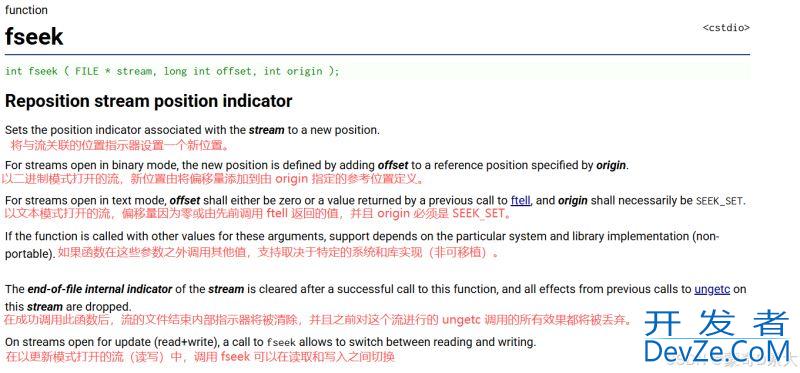

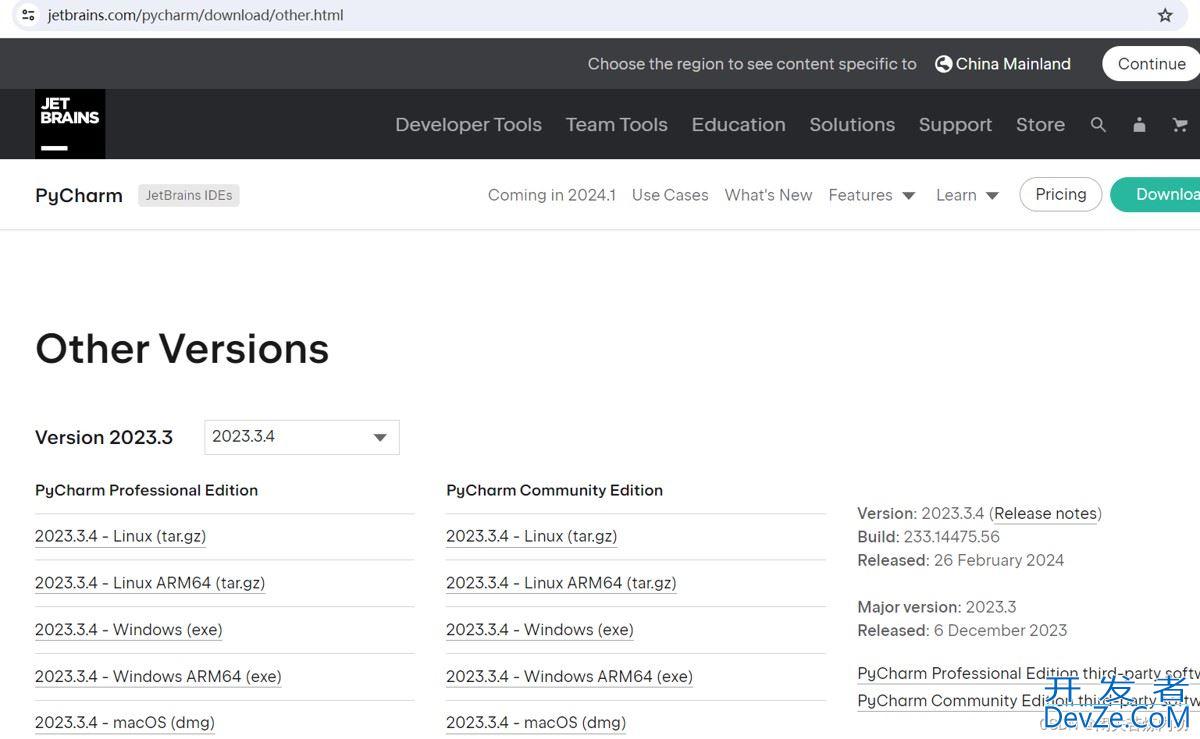
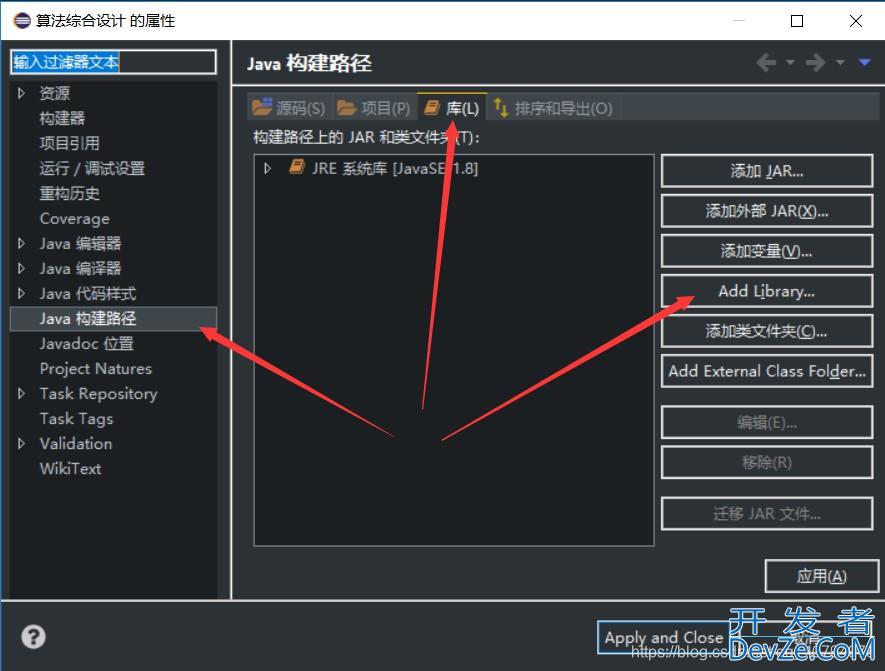
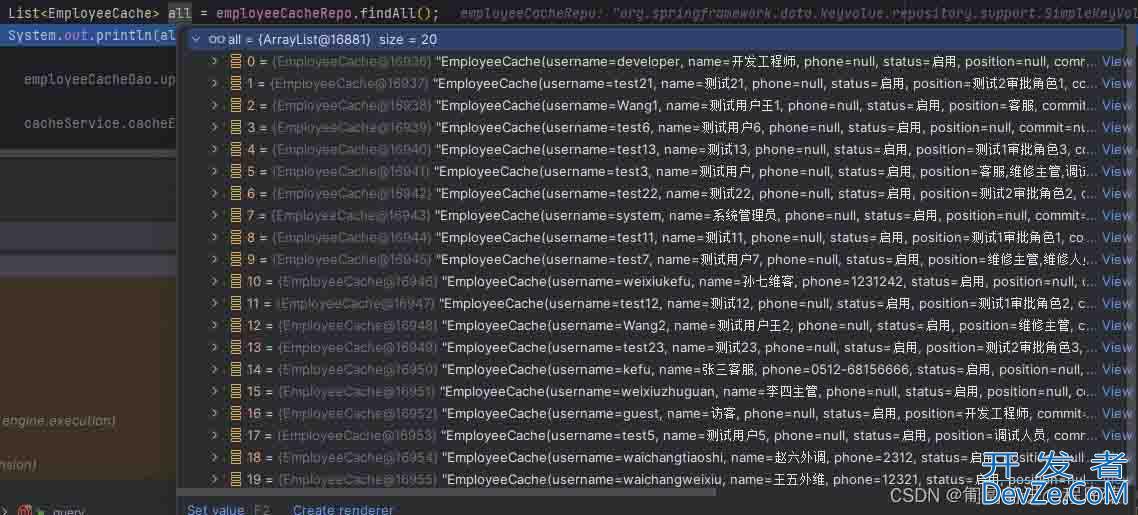
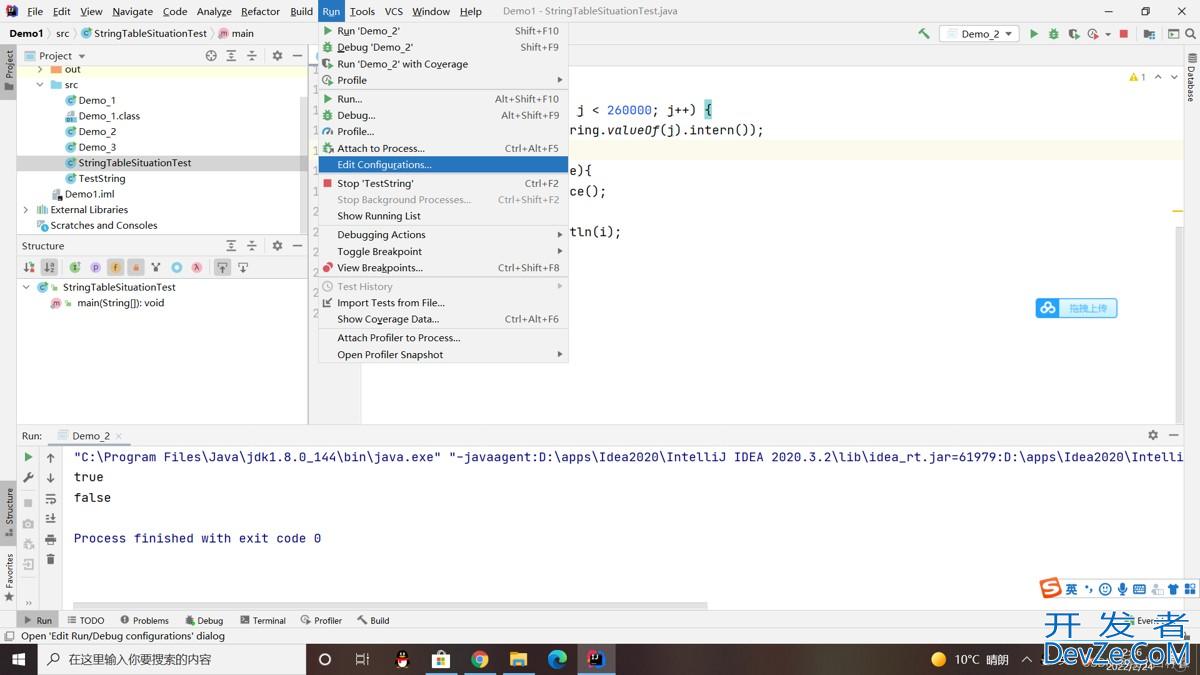
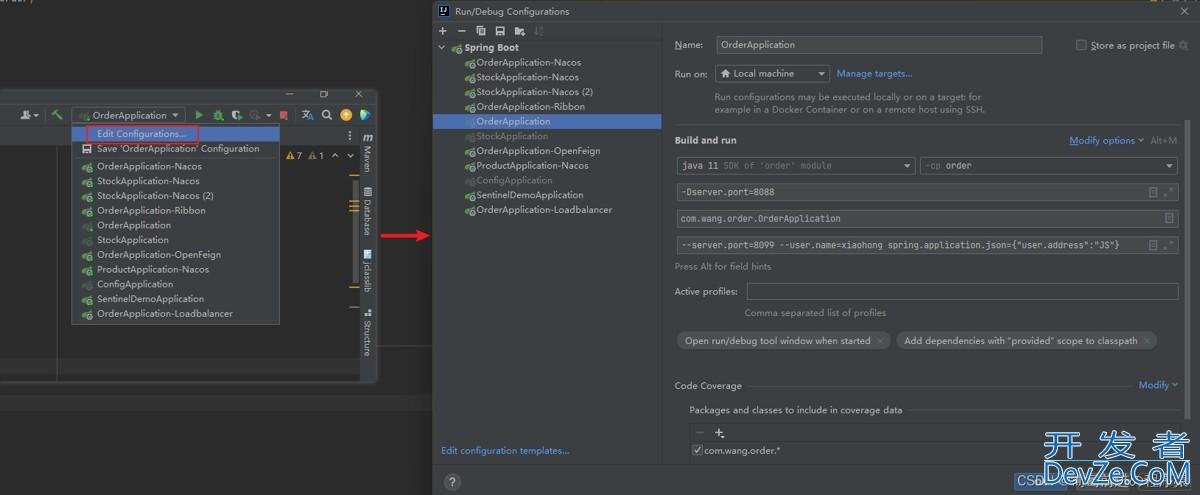
 加载中,请稍侯......
加载中,请稍侯......
精彩评论